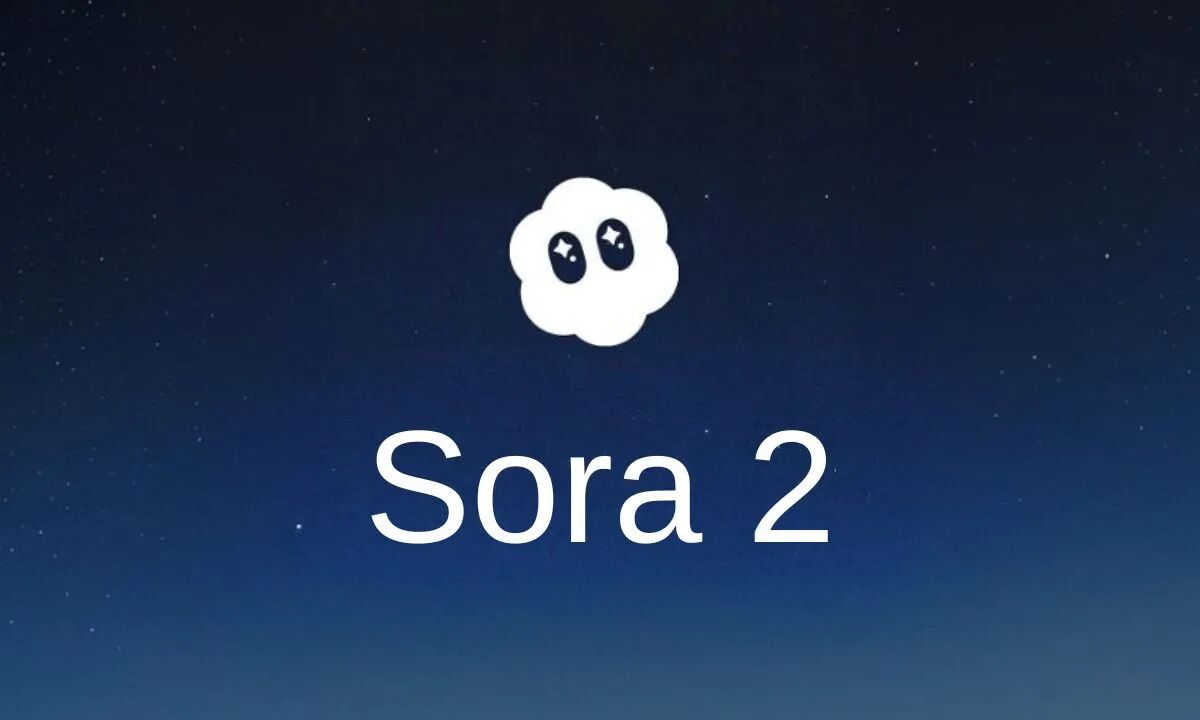Astounding Velocity! Sora Consumes $15 Million Daily: Can OpenAI Endure This Pace?
![]() 11/12 2025
11/12 2025
![]() 430
430
Often, the most seemingly cost-free services come with the heaviest hidden price tags.
On November 11, AI Pulse broke the news that Sora, OpenAI's AI-driven video generation tool, is racking up an astonishing $15 million in computational expenses every day. Extrapolated annually, this figure balloons to nearly $5 billion, representing roughly a quarter of OpenAI's yearly revenue.
At first glance, Sora appears to be a resounding triumph: launched in late September, it amassed over one million downloads within a week and reached four million by the end of October. Users globally have been crafting an eclectic mix of outrageous videos and memes, featuring a plethora of celebrities.
However, while users revel in the creative freedom, OpenAI is left footing the hefty bill. It's estimated that producing a single 10-second video costs around $1.30. With 11 million videos generated daily, this translates to a staggering $15 million per day in expenses—the more users engage, the deeper OpenAI's financial losses.

Image source: WeChat
Remarkably, despite this massive financial drain, OpenAI remains surprisingly composed. Bill Peebles, the head of Sora, admitted that the current model is "completely unsustainable" but quickly added, "This is a necessary phase to capture market mindshare."
In simpler terms, this strategy follows the internet industry's time-tested approach of "free first, profit later." By luring users in with no-cost access, they encourage creative exploration, fostering a habit of "using Sora for video creation." Once the user base is firmly established and dependent, OpenAI can gradually tighten the reins and start monetizing.
The problem is that the stakes in this gamble are exceptionally high. OpenAI reported a net loss exceeding $12 billion last quarter, and Sora's daily $15 million expenditure only exacerbates the situation. Even CEO Sam Altman publicly lamented, "No one can sustain such an AI video world on advertising alone—people just create funny videos for friends, but each one burns through GPU costs."
Xiaolei (a pseudonym) echoes this sentiment. Currently, users primarily engage for entertainment, with few willing to pay directly for those 10-second clips. Yet, the computational costs are very real, meaning OpenAI is essentially subsidizing global users' amusement.

Image source: Weibo
So, the question arises: Why does OpenAI persist in offering Sora for free despite knowing the losses?
The answer lies in the data. Every video generated not only captures user engagement time but also provides invaluable prompts and generated content—all essential "fuel" for training the next generation of models. In other words, the more users engage now, the smarter and more precise Sora's future iterations will become.
Xiaolei believes the core contradiction lies in the fact that AI video technology has the potential to disrupt professional fields like film and advertising, yet most computational resources are currently being used to produce "digital trash." The technology is top-tier, the content is entertainment-focused, but the bills are astronomical. Who will bear these enormous costs in the future? Likely, professional creators and enterprise users who genuinely need AI videos—their future high membership or package fees will help fill the "hole" burned by today's global users.

Image source: Weibo
This might lead many domestic users to wonder: If Sora is burning money so aggressively, how do domestic AI tools like Doubao, DeepSeek, and Tencent's Hunyuan manage to survive without charging fees or even displaying ads?
Ultimately, the core logic of free AI services is consistent both domestically and abroad: attract users with no-cost access, accumulate data, foster habits, and pave the way for future monetization. The real difference lies in the commercial pressures faced—OpenAI, as an independent company, must demonstrate direct profitability to the market and investors; whereas domestic giants' AI ventures are more strategic investments. As long as they enhance overall ecosystem value and support core businesses, temporary losses are acceptable.
In summary, every free AI feature you use casually now not only helps refine their technology but also casts a vote for their future business model. Once the technology and market mature, what's inevitable will arrive. For now, enjoy the free access while it lasts.
Source: Leitech
Images in this article are from the 123RF licensed library. Source: Leitech







